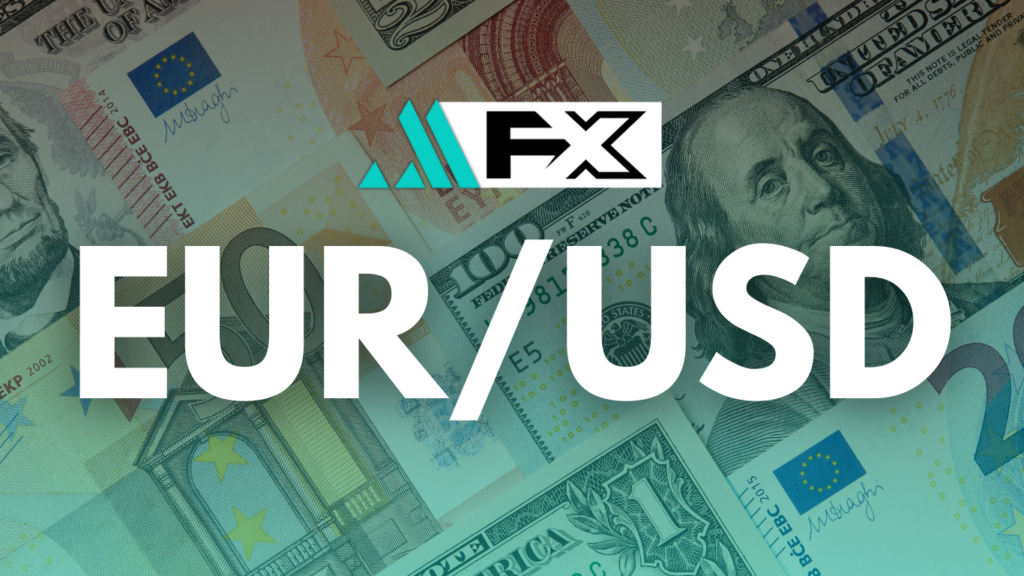The EUR/USD pair saw a rebound above the 1.0800 level on Friday as the US Dollar (USD) struggled to maintain its recent gains. This movement comes amid a loss of momentum in the greenback, allowing risk-sensitive assets to recover. The euro’s advance signals renewed buying interest, although the broader bearish outlook remains intact.
Technical indicators suggest that the euro remains in a cautious uptrend. The Relative Strength Index (RSI) on the 4-hour chart has retreated to 40 after touching 50 on Thursday, indicating that selling pressure still lingers despite recent gains. The immediate support for EUR/USD is identified at 1.0730, where the 200-day Simple Moving Average (SMA) lies. Further support levels are found at 1.0670 (200-period SMA) and 1.0640 (key static level).
On the upside, resistance levels remain at 1.0800 (static level, 20-day SMA), followed by 1.0850 (100-period SMA) and 1.0900 (psychological barrier). A sustained break above these levels could pave the way for further gains, but downside risks persist amid ongoing market uncertainties.
US Tariffs and Economic Outlook Weigh on the Dollar
The US Dollar faced renewed pressure on Thursday following President Donald Trump’s announcement of potential auto tariffs. Investors reacted to the news by reassessing economic risks, fueling concerns about trade tensions and their impact on economic growth. This development helped EUR/USD push higher, as traders adjusted their positions ahead of key US economic data releases.
By Friday, market sentiment remained cautious, with US stock index futures trading in negative territory. At the time of writing, major indices were down between 0.3% and 0.6%, reflecting the prevailing risk-off sentiment. Despite this, the dollar showed some resilience against its peers as traders awaited fresh economic data.
PCE Inflation Data Could Influence Market Direction
A key event on the economic calendar is the release of the Personal Consumption Expenditures (PCE) Price Index for February. Market consensus forecasts a 0.3% month-over-month increase in the core PCE Price Index. A higher-than-expected reading could bolster the dollar in the short term, as it may influence the Federal Reserve’s stance on future interest rate decisions.
However, a weaker-than-anticipated inflation print, particularly below 0.1%, could further dampen the dollar’s appeal and provide additional support for EUR/USD. Despite the potential for an immediate reaction, the euro’s ability to sustain gains remains uncertain, especially if risk aversion intensifies ahead of the weekend.
Key Takeaways:
- EUR/USD finds support above 1.0800 but remains in a broader downtrend.
- Technical resistance levels at 1.0850 and 1.0900 could cap gains.
- US auto tariff concerns weigh on the dollar, benefiting the euro.
- February’s PCE Price Index data will be a key market driver.
- Safe-haven flows may limit EUR/USD upside potential before the weekend.
As the trading session progresses, EUR/USD remains at a critical juncture. Investors should monitor economic data and risk sentiment closely to gauge the pair’s next directional move.


